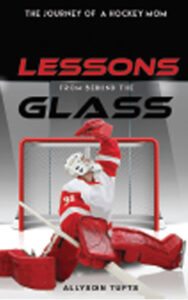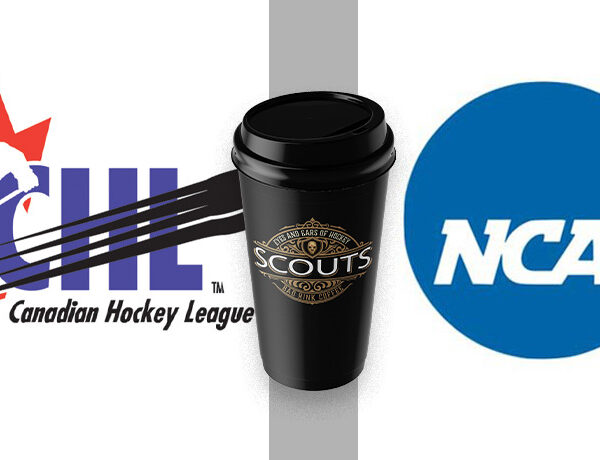When NHLers John Tavares (pictured) of the Toronto Maple Leafs and Sam Gagner of the Detroit Red Wings announced they were acquiring the Toronto Marlboros organization of the Greater Toronto Hockey League, it was big news.
After all, the Marlboros are considered the most successful and productive franchise in the GTHL, the world’s largest and most powerful youth hockey outfit. But there was an even larger than life quotient to this particular move, since it was not only two former alumni who were making the acquisition, but also two prominent NHL players.
Tavares is captain of the Leafs, the most prevalent NHL team in Canada. He was the first player chosen in the 2009 NHL entry draft by the New York Islanders. Prior to that, Tavares was the first player to be granted exceptional status by the Canadian Hockey League, meaning he was permitted to play in the Ontario Hockey League at age 15. The exceptional status clause in the CHL rulebook is often referred to as the John Tavares rule because of this fact.
Gagner was the sixth player chosen in the 2007 NHL entry draft by the Edmonton Oilers. On Feb. 3, 2012, he garnered points on every goal the Oilers scored during an 8-4 victory over the Chicago Blackhawks, making him the first player in 23 years and only the 11th in NHL history to collect at least eight points in a single game.
Long before either were NHL stars, both Tavares and Gagner were Marlboros, part of what is often considered to be the greatest youth hockey team ever assembled, the ‘89 Marlboros. Five players off that team — forwards Tavares, Gagner and Akim Aliu and defensemen Brendan Smith and Cody Goloubef — played in the NHL. Three of them — Tavares, Gagner and Smith — were first-round NHL draft choices.
That the two most gifted players off this legendary club have determined purchasing the same club is a wise financial decision opens up a world of future possibilities. Will other NHLers come to the conclusion that buying into youth hockey organizations is something they like to add to their investment portfolios? Are Gagner and Tavares setting a new trend?
Gagner admitted that since the news became public knowledge, several other NHLers have approached him, curious about how it all came about and how they might pursue a similar transaction.
Started In Junior
In 2000, former NHLers Dale and Mark Hunter opted to purchase the OHL’s London Knights. Little did they know at the time that they were creating a new revenue lifeline for major junior franchises and establishing a trend for others of their brethren to follow.
Seeing the success the Hunters enjoyed — and continue to enjoy — with the Knights, other NHLers began buying up junior clubs. Former NHL players Bob Boughner and Warren Rychel acquired their hometown Windsor Spitfires, eventually selling the club for significant profit.. Darryl Sydor and Mark Recchi purchased the Kamloops Blazers. Derian Hatcher and David Legwand own the Sarnia Sting. Scott Walker is co-owner of the Guelph Storm. Patrick Roy owns the Quebec Remparts.
That landscape looks to be changing. Sportsnet’s Elliotte Friedman, who first broke the news of Tavares and Gagner taking over the Marlies on Hockey Night In Canada, has since reported that he’s heard from other NHL players seeking to garner info on how they could acquire a youth hockey organization.
“I think they’re going to look at it now as, ‘How can we be involved with minor hockey teams?’” Friedman said on the 31 Thoughts podcast. “I think this is going to open the door to more and more current and former NHLers saying, ‘Hey, if the junior hockey space isn’t right for me, maybe this is the one instead.’”
Big Plans
The Marlboros are already a major player on the Toronto youth hockey landscape. Gagner and Tavares envision growing that footprint even deeper into the youth hockey culture.
They are discussing whether they can set up the Marlboros in a similar style to a hockey academy. “I look at the way the model has been changing out west,” Gagner explained to the 31 Thoughts podcast. “The academy model. So we want to look into that.
“My family has always been big on education. Are there ways that we can facilitate that for the next generation of players? It’s something that has been happening in Toronto.”
They entertain operating a universal coaching program where all coaches teach the same philosophy of the game with all age groups.
“It’s going to be all about skill development,” Gagner said. “It was all about the development of us as players and as people (when he was with the Marlboros). The winning took care of itself because we were developing so much.
“I’m always looking for ways to improve and I think I can take that information and help the next generation of player. We’re really looking forward to seeing what we can do with it.”
The post Marlies Sale A Sign Of The Future For Minor Hockey? appeared first on Elite Level Hockey.






